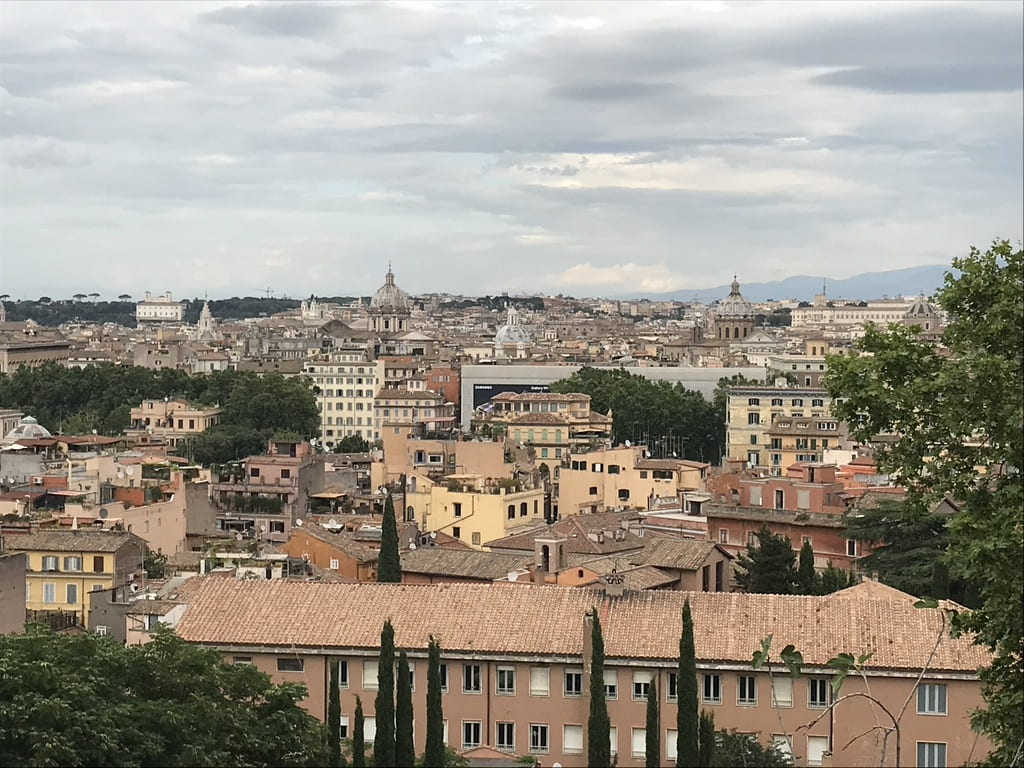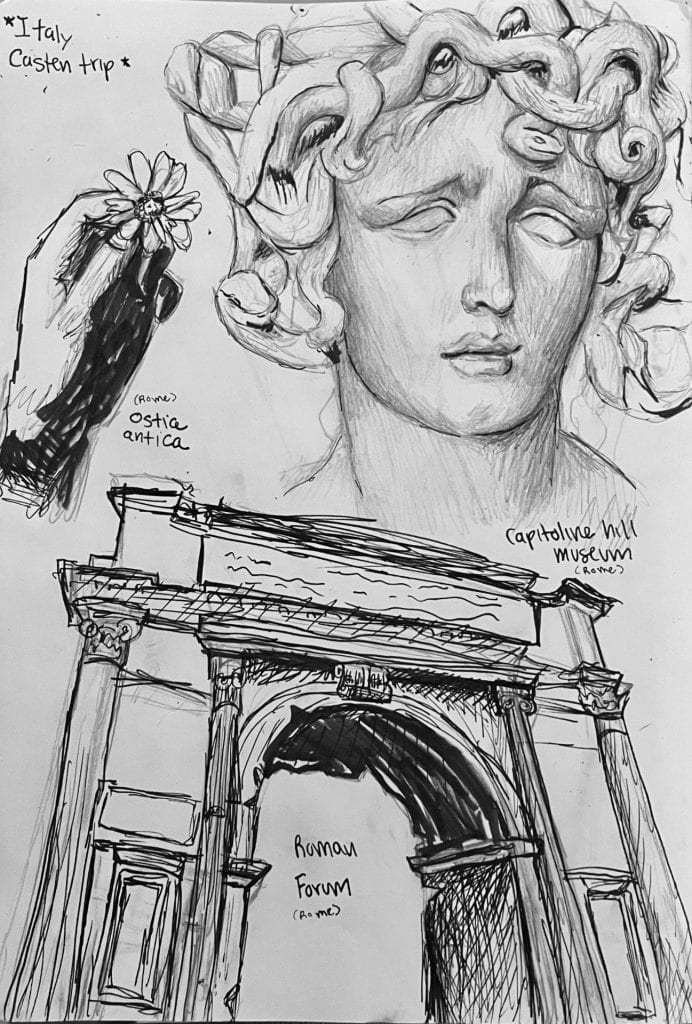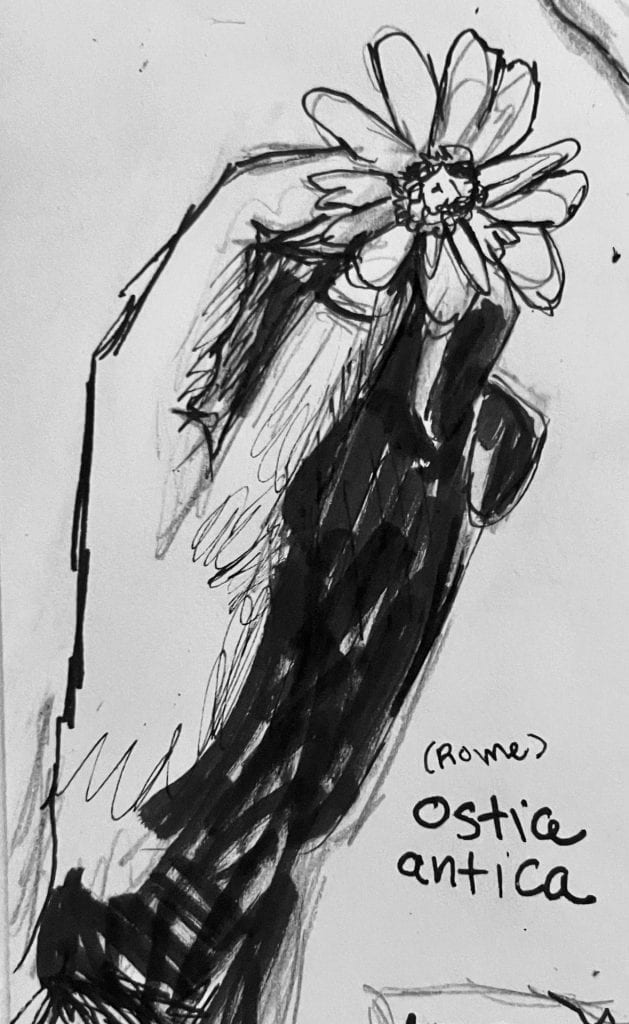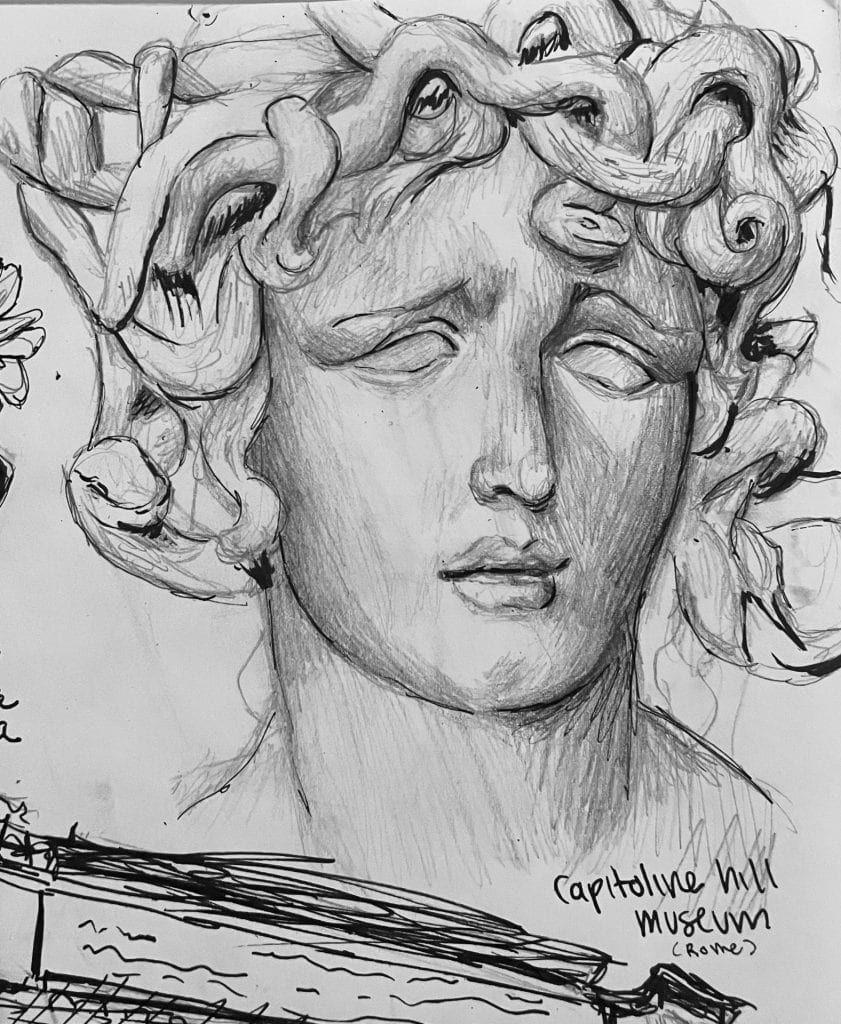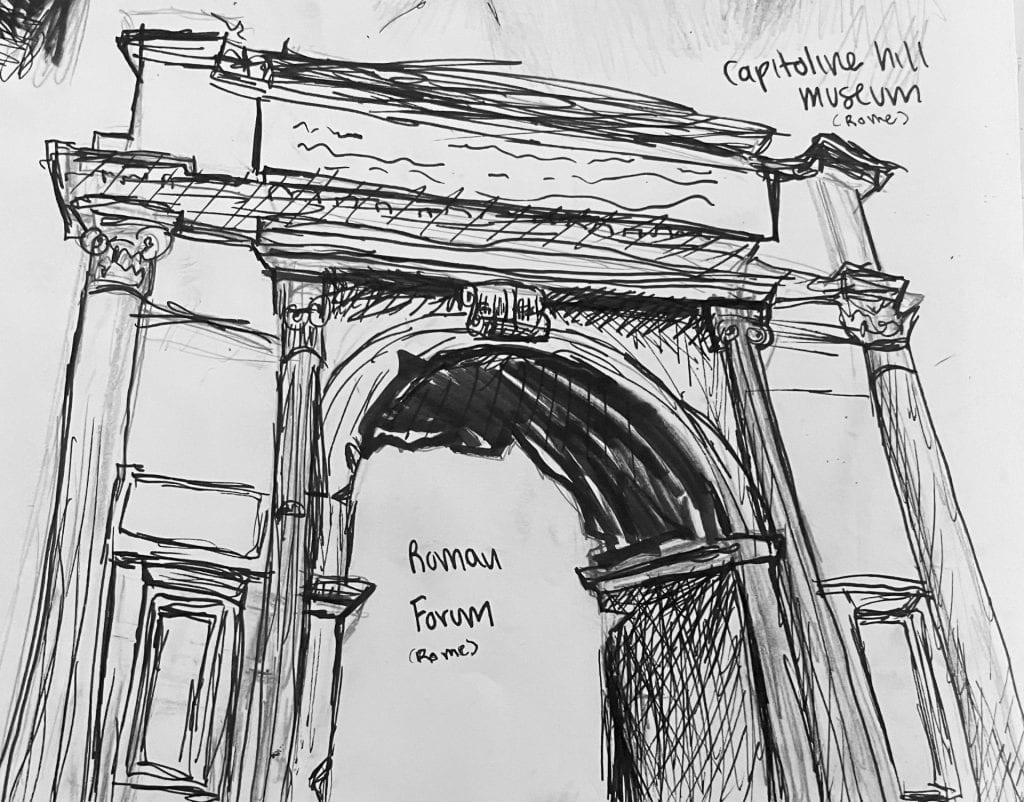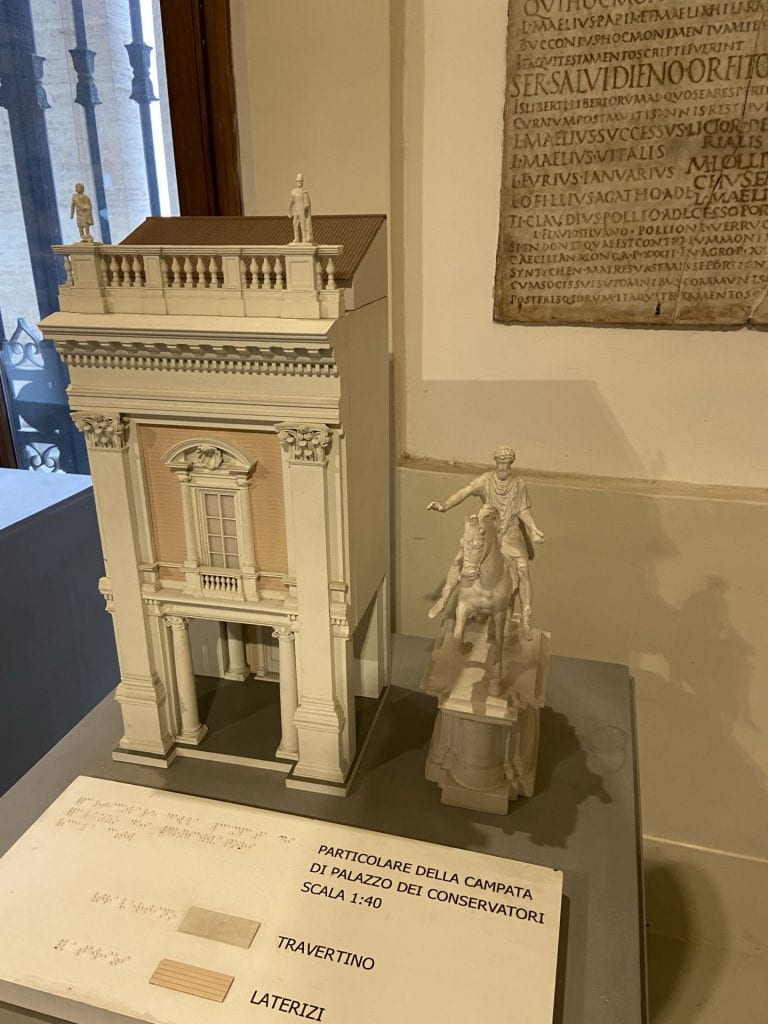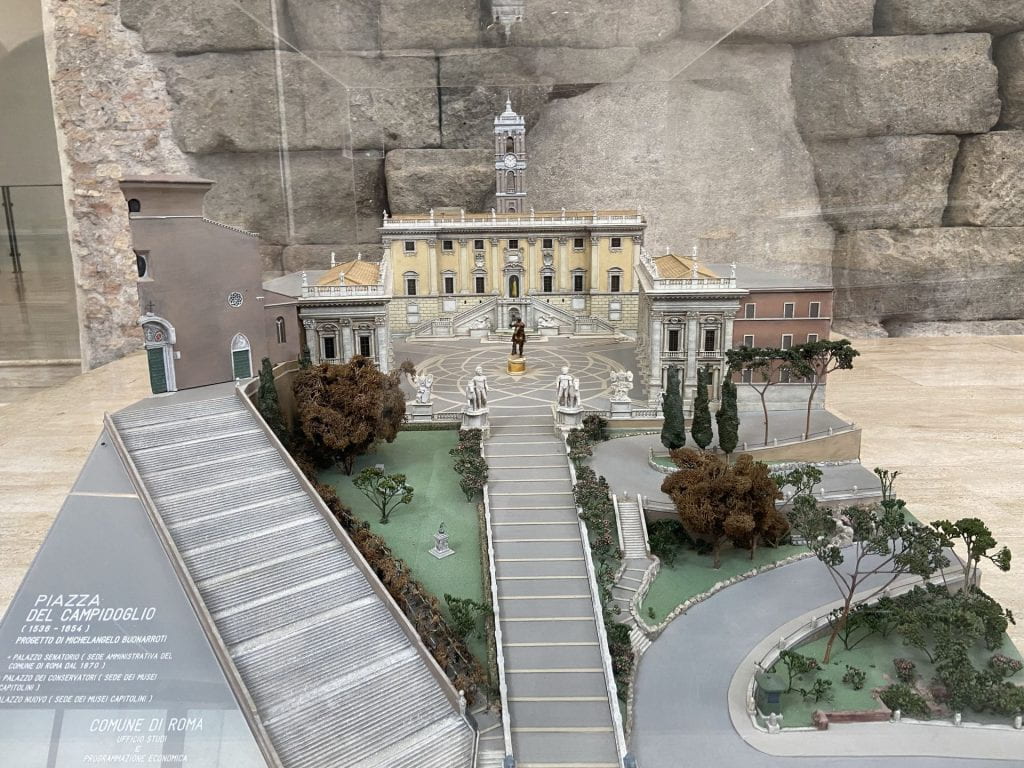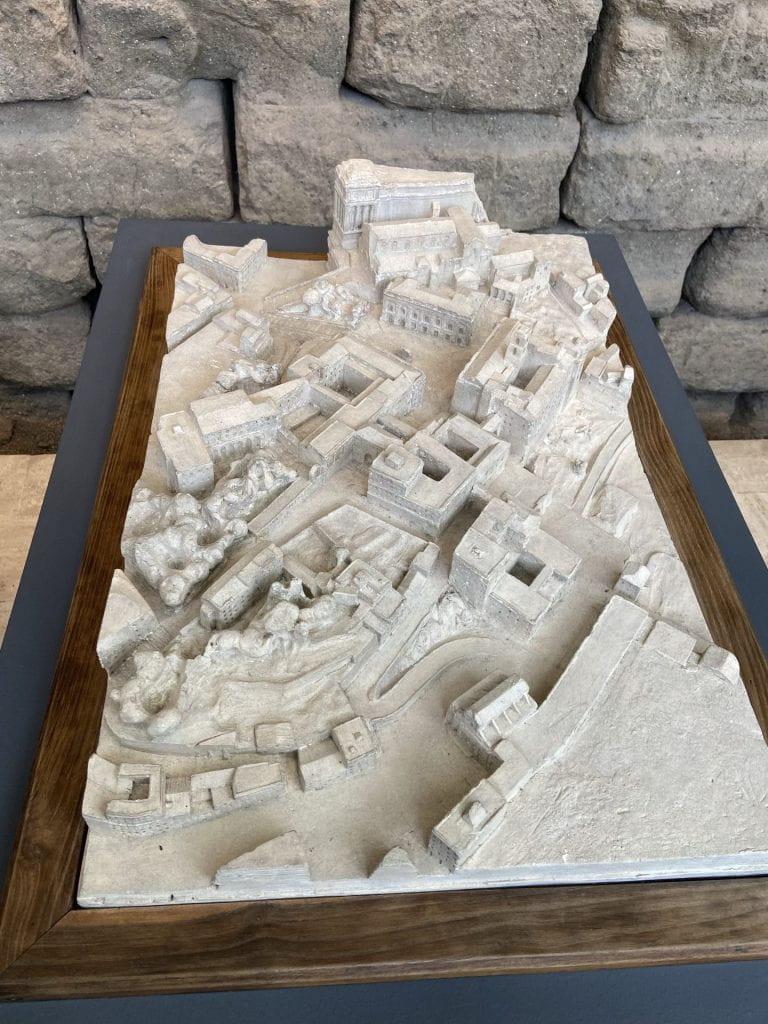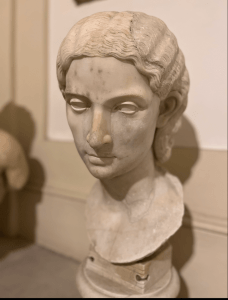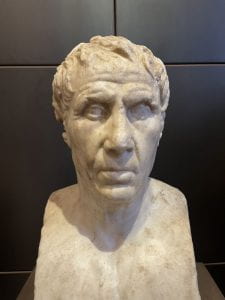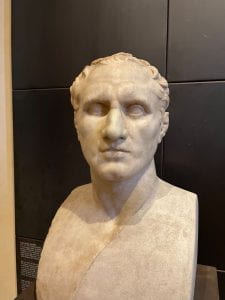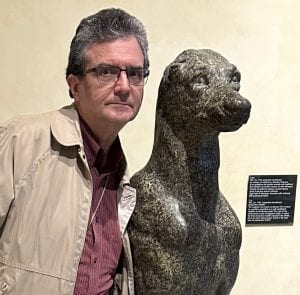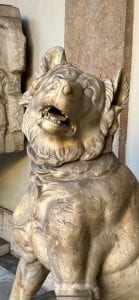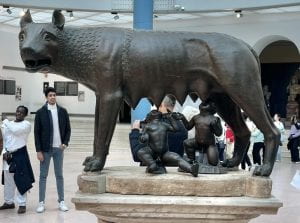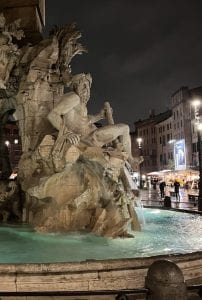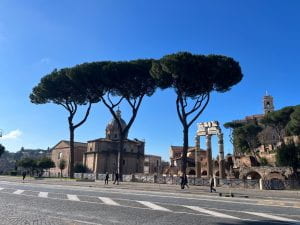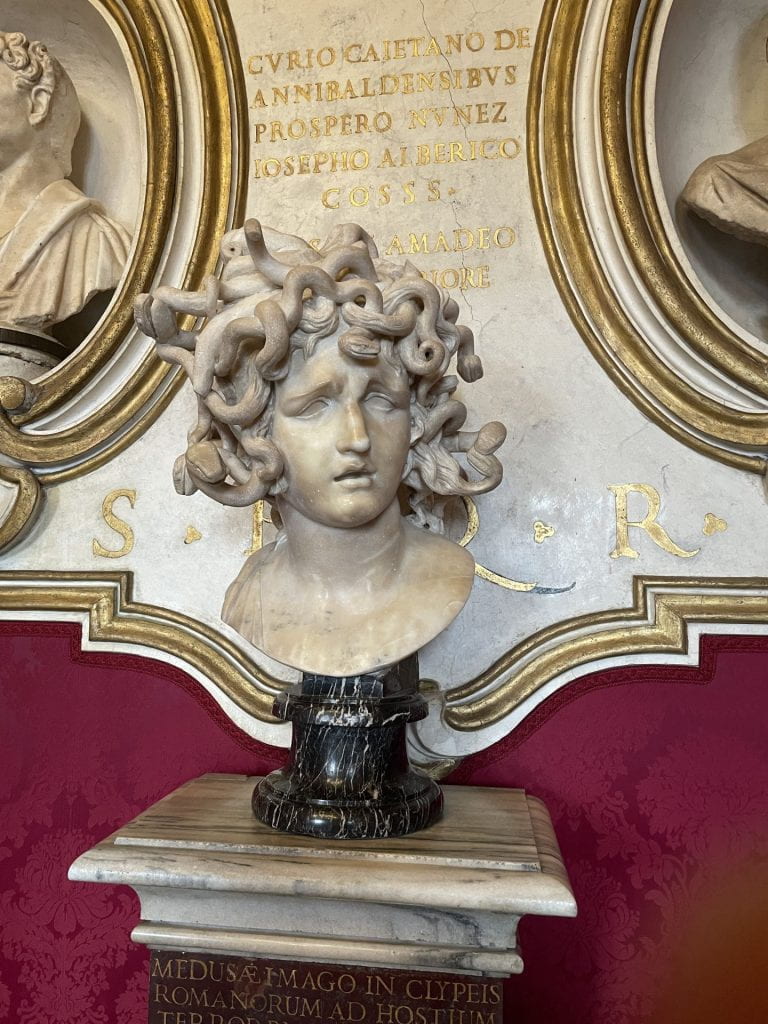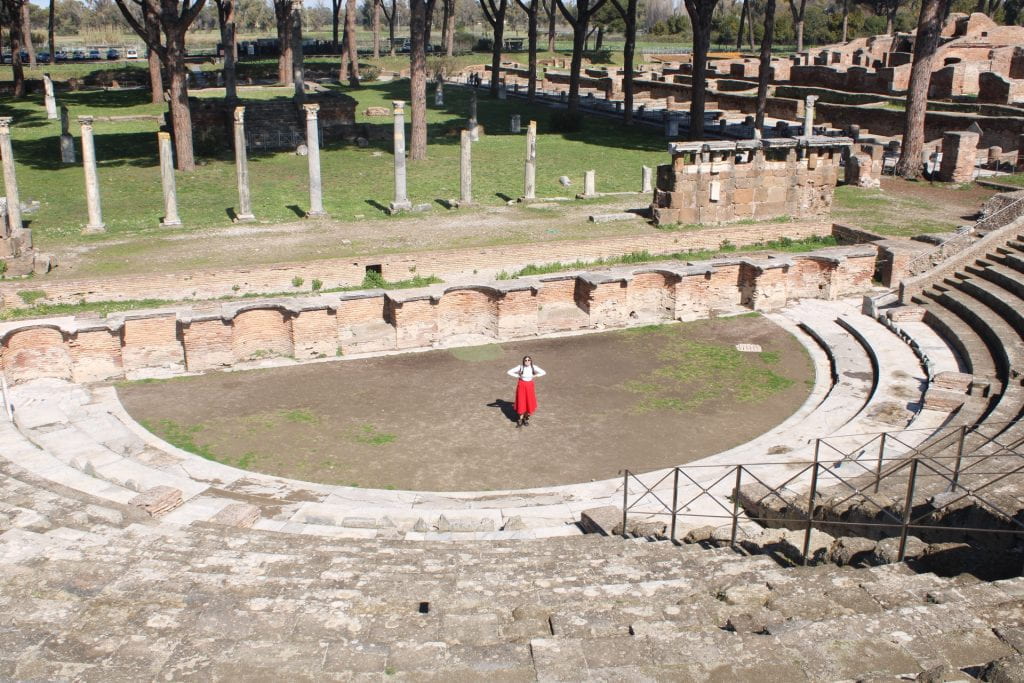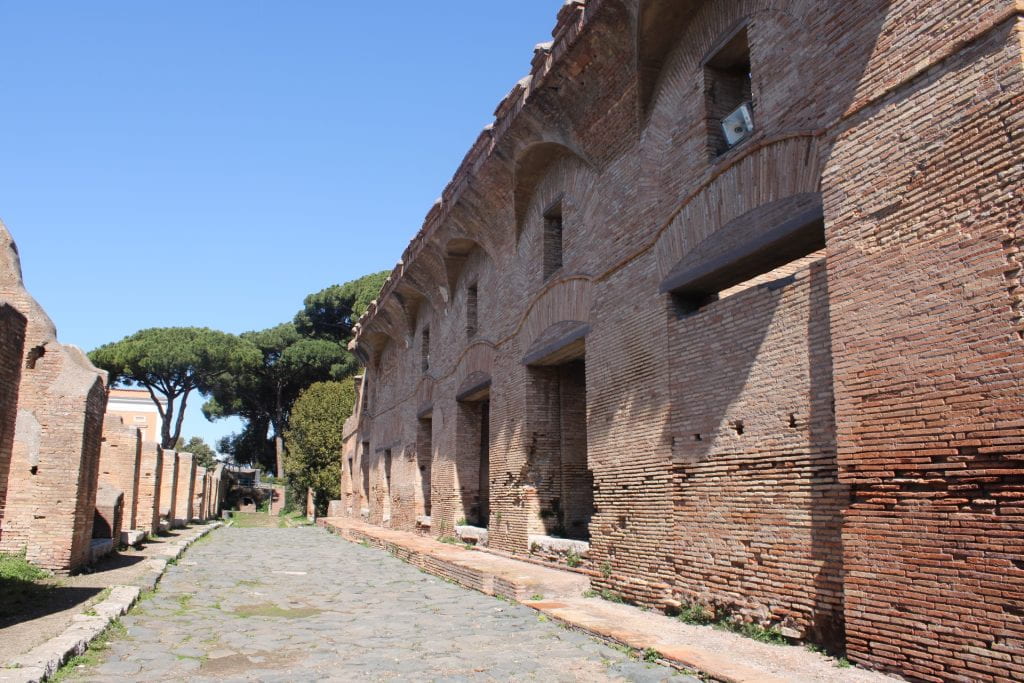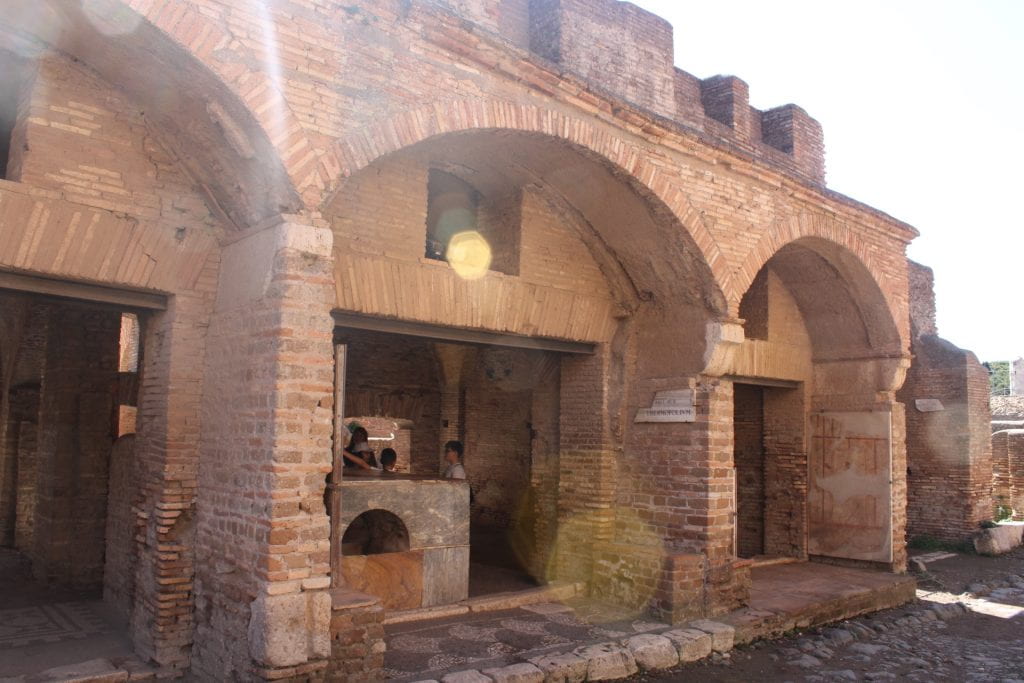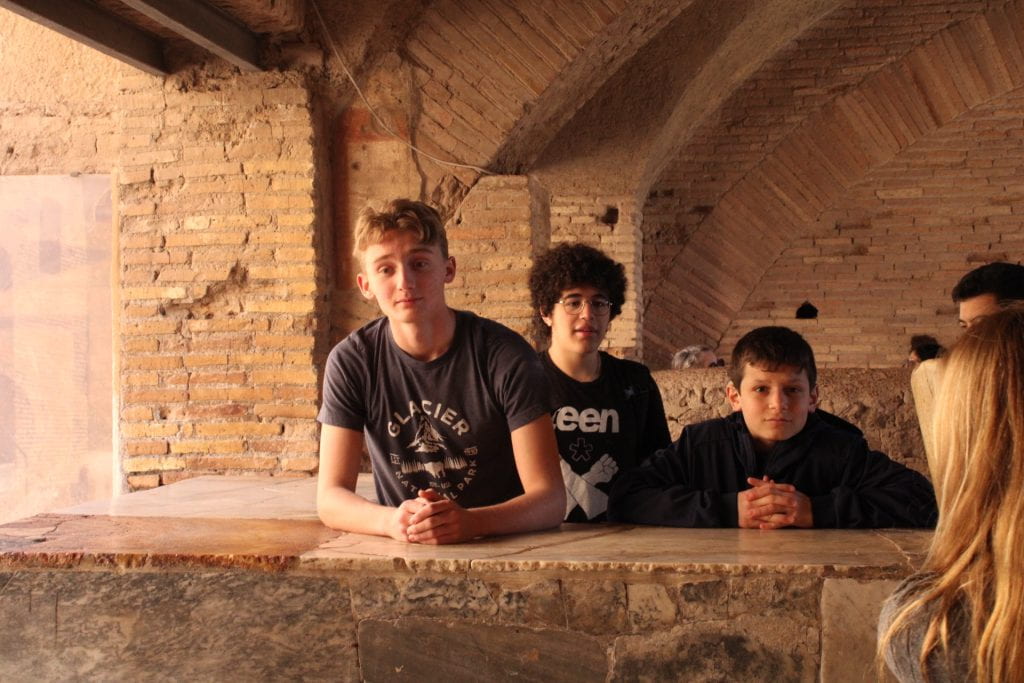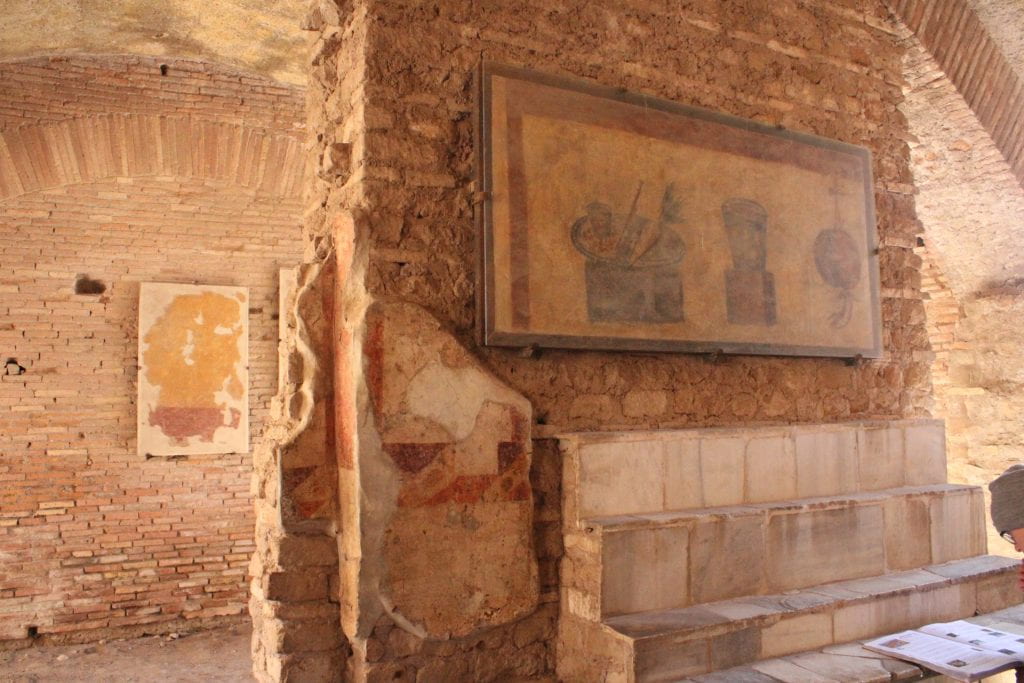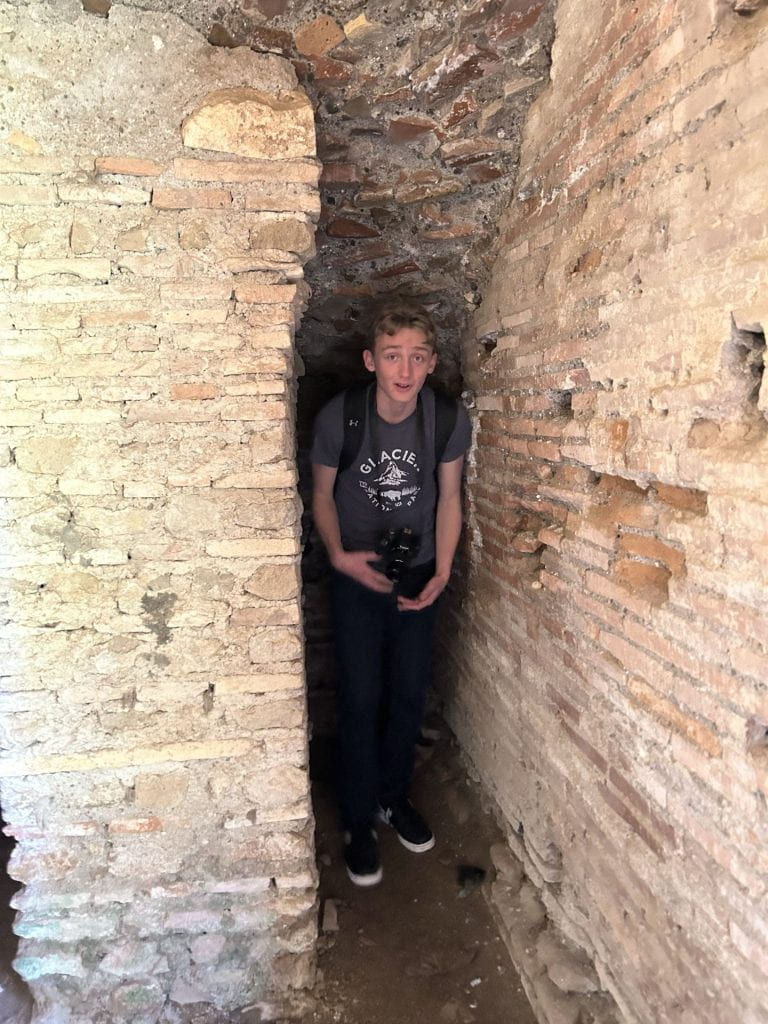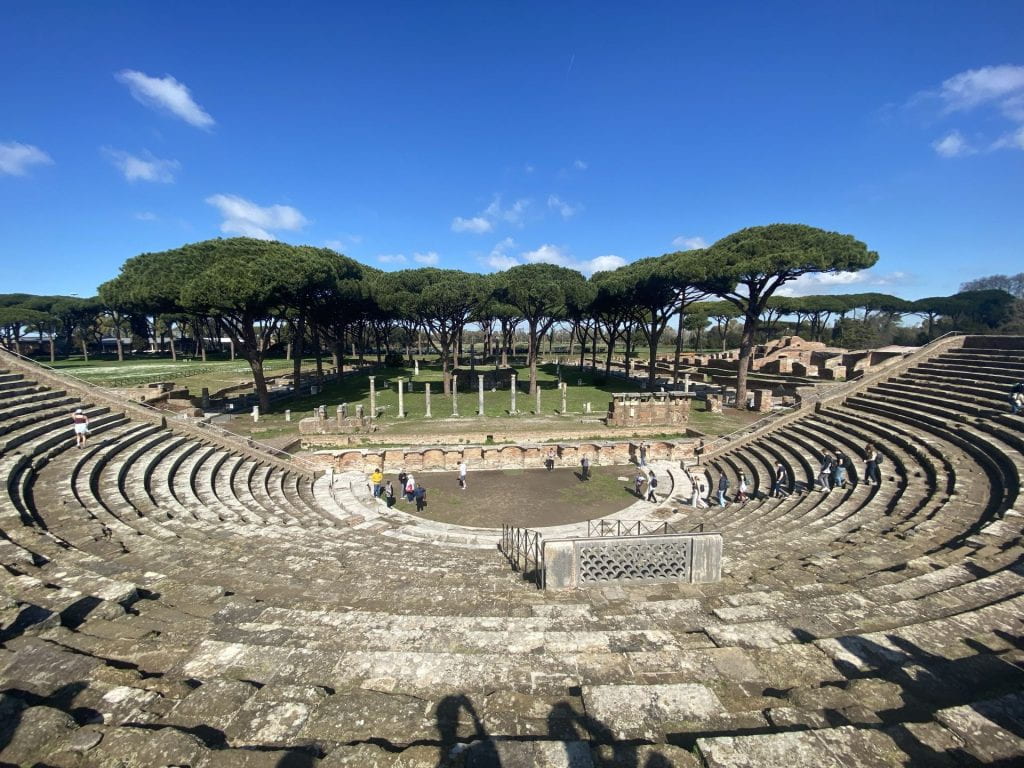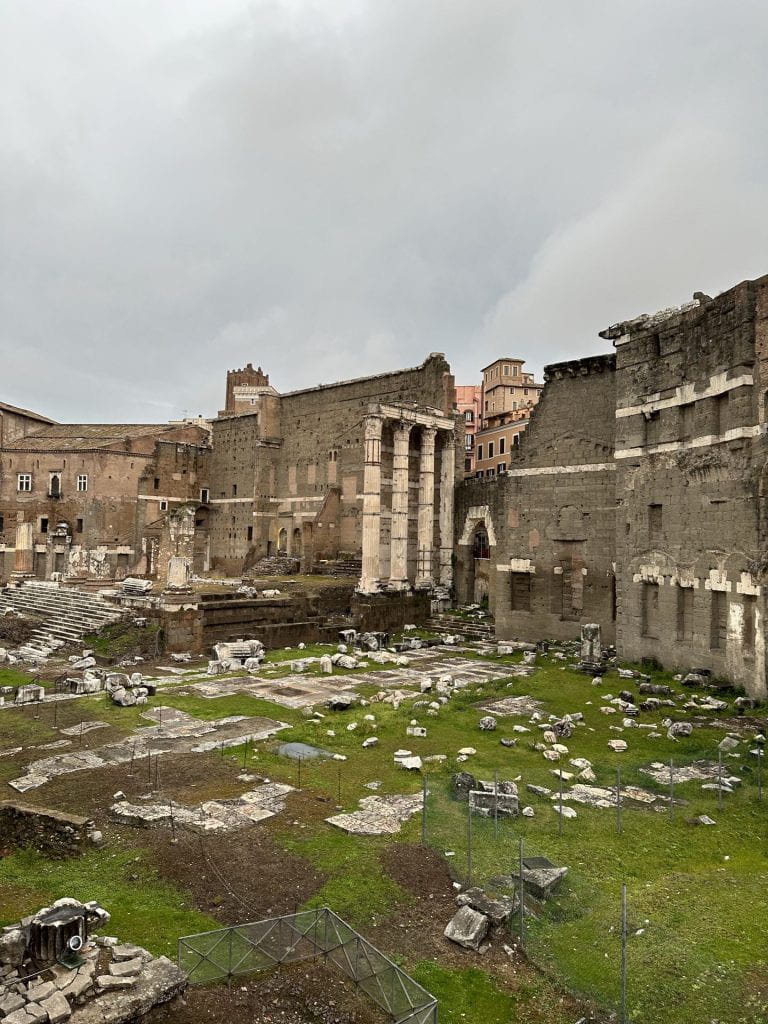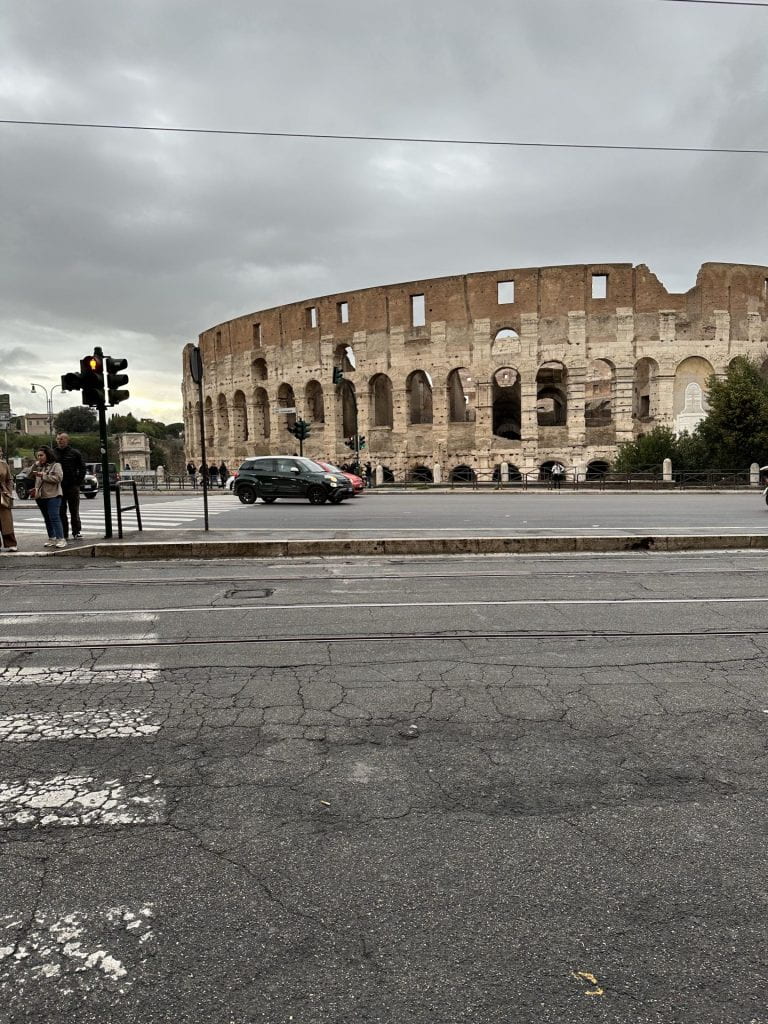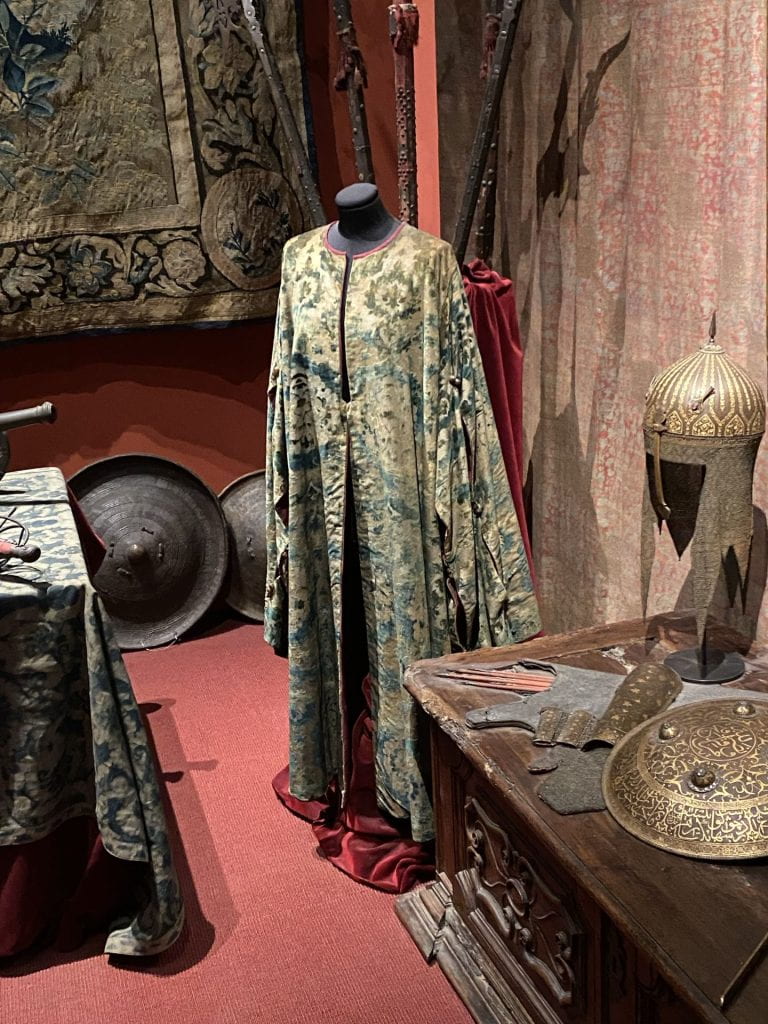


One of our stops today in Venice was the Museo Fortuny, which displayed the fabric and textile creations of Mariano Fortuny y Madrazo. Based in Venice, Madrazo’s life goal was to “achieve total union of music, drama and visual presentation” through his works of art. Originally a painter, Madrazo shifted to stage and theater design before once again re-inventing himself as a master fabric and textile designer. His fabrics and textiles were notable for their incorporation of traditional Venetian artistic and cultural characteristics normally found in architecture and paintings.
When walking through the gallery, my eye was drawn to a dress (the image of the gown next to the armor and weapons) made by Madrazo that was inspired by Venetian Renaissance war themes. The dress’ shape as well it’s primary dark yellowish hue with blue features reminded me immediately of the imperial robes (second image with black background) worn by the emperors of the Chinese Qing Dynasty (1636-1912). The Venetian dress evoked a memory of me and my Mom touring the Qing dynasty exhibit of the National Museum of Beijing with my Chinese side of the family when I was younger. After making sure that my comparison of clothes was indeed accurate, I asked Mr. Sheppard why a war dress, made by a 20th century European and inspired by Renaissance Venetian styles, so closely resembled the imperial Qing robes I had once seen.
Mr. Sheppard responded by doing what he so often does best: re-directing a narrow question back to a broader theme that allows for more insightful analysis. Mr. Sheppard reminded me that Venice’s enriching trade with the East led to heavy Eastern influence on all aspects of Venetian culture during Venice’s apex during the Renaissance and Enlightenment era periods. Mr. Sheppard even connected my current question to an older question of mine that asked why the same style of Venetian-clover-clusters (third image of the Doge’s palace facade) appeared in almost all stone facades throughout the city. The answer to that question was also the Eastern, in this case Middle Eastern, influence on Venetian culture. It was quite possible that Madrazo was not only inspired by, but closely followed, the long Venetian legacy and tradition of culture assimilation.
Throughout this trip, I’ve enjoyed learning about how societies can transform through the layering of history and culture. I think this idea spoke to many of my classmates and I when viewing the San Clemente Church in Rome. Beneath the contemporary (although still very old) church lies two distinct layers of previous religious sites that each predate the one above it. Although for different purposes, that same exact spot has held some religious significance for two millennia. Culture may seem the same for a long time, but over the course of history, its slow evolution culminates in the emergence of a new society. This idea of cultural layering is very relevant to me, someone who is a mix of various backgrounds; half Chinese, half Eastern European, Jewish, but all the while my own distinct and full person.
I think this trip, among many other classes and isolated lessons at Hackley, has taught me that no society or individual stands as a completely self-made entity. Everyone and everything is a merge of ideas and qualities that can be found from across the world. Madrazo’s Venetian war dress is analogous to myself: a physical blend of the East and West. With globalization accelerating due to better technology and increased cultural awareness, I can only imagine how diverse and intersectional our society will be in only a few decades. Just like how Madrazo explored the history of Venetian society through the creation of fabrics, we can better understand where society is and where it is headed through the unraveling of our own fabrics.
